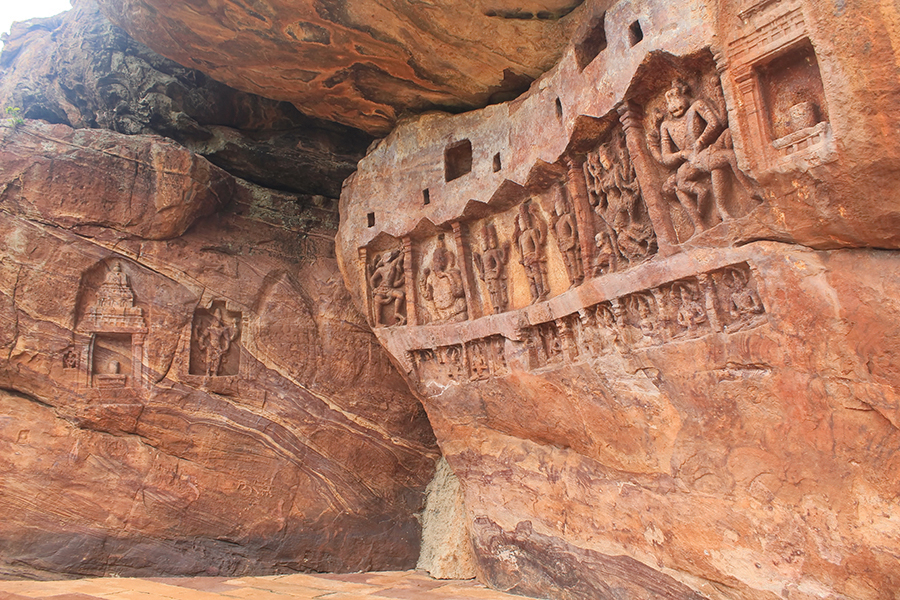Nature’s Sanctuaries of Biodiversity and History
As we celebrate National Caves and Karst Day on June 5 and Cave Week June 2-8, we recognize the diverse and invaluable benefits of caves. Beyond serving as gateways to adventure, they are sanctuaries of biodiversity, natural archives of geological and climatic history, and reservoirs of cultural heritage.
Natural laboratories
Caves are invaluable to scientists, offering a natural laboratory for studying geological and climatic processes. These underground worlds act as natural time capsules, preserving climate data dating back thousands of years. By analyzing stalagmites and their growth patterns, scientists can reconstruct ancient climates, which provides invaluable insights into our planet’s past and present. Additionally, in the last two decades, researchers have unearthed promising substances for groundbreaking medical discoveries, harnessing the potential of cave-dwelling microbes for future antibiotics and cancer treatments.

Ecological havens
Caves aren’t just scientific treasure troves; they also serve as crucial habitats for a variety of unique and often endangered species. Bats, in particular, are unsung heroes that play a vital role in controlling insect populations and pollinating plants. Additionally, caves host rare species like blind salamanders and cavefish, which have adapted to the dark, nutrient-scarce environments, offering biologists a unique opportunity to study evolution and adaptation.
Karst landscapes
Karst landscapes, characterized by features like sinkholes and disappearing streams, further enrich our understanding of geology and hydrology. These regions, comprising about 20 percent of the United States, hold vast aquifers essential for drinking water and support diverse ecosystems. In the Texas hill country, karst formations trace back millions of years, shaped by ancient seas and geological shifts. The Balcones Fault Zone, spanning from Dallas to Del Rio, played a pivotal role, creating underground pathways for water and forming caves over millennia.
Historical and cultural treasures
Many caves contain archaeological and paleontological treasures that shed light on human history and prehistoric life. Ancient cave paintings, tools, and fossilized remains found in caves have helped archaeologists understand early human behavior and migration patterns. These subterranean archives are crucial for preserving the cultural heritage of early civilizations.
Recreational and educational opportunities
Caves offer thrilling recreational activities, from beginner-friendly guided tours in well-lit passages to challenging spelunking adventures in wild caves. These experiences not only provide excitement but also foster a greater appreciation for natural conservation.
